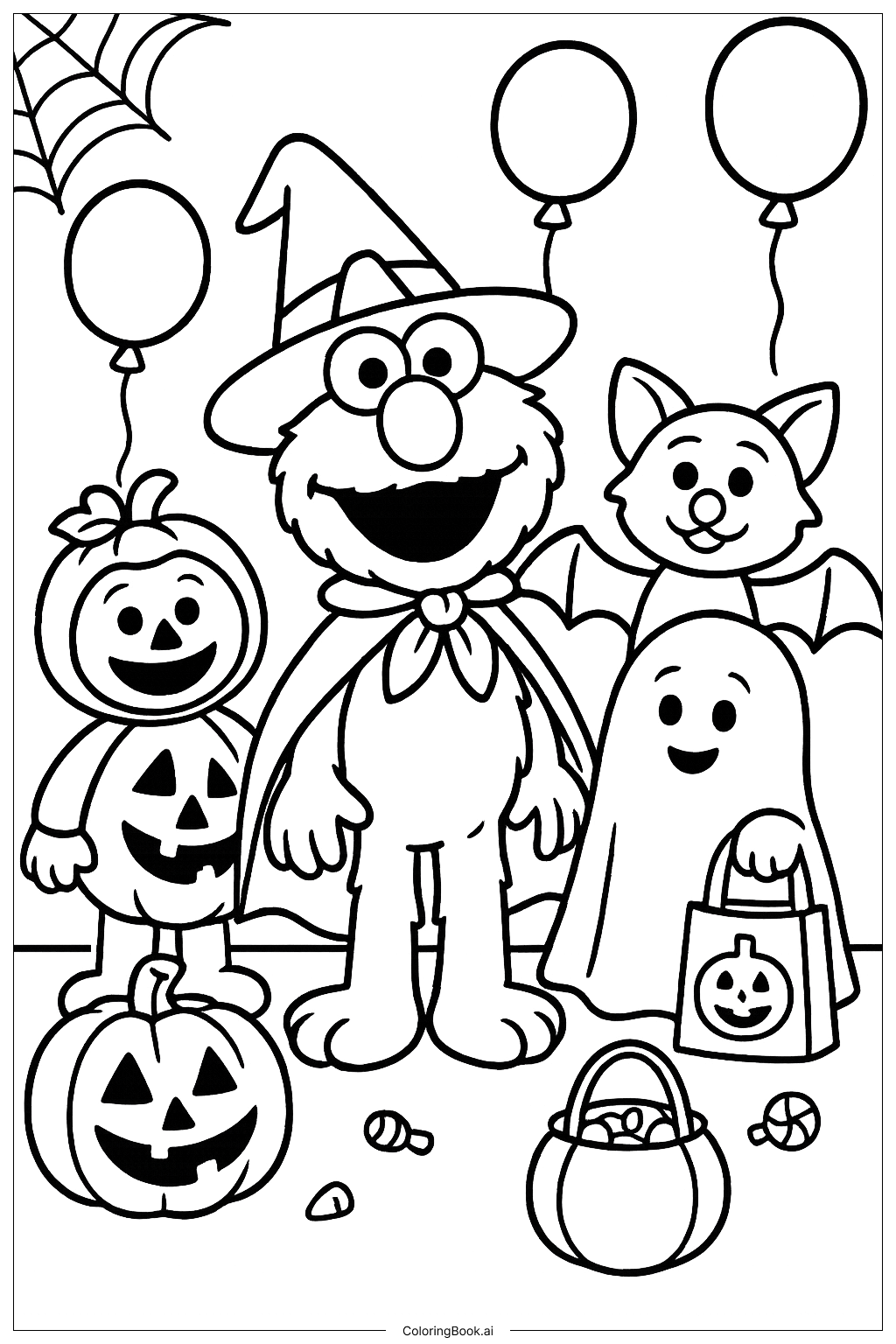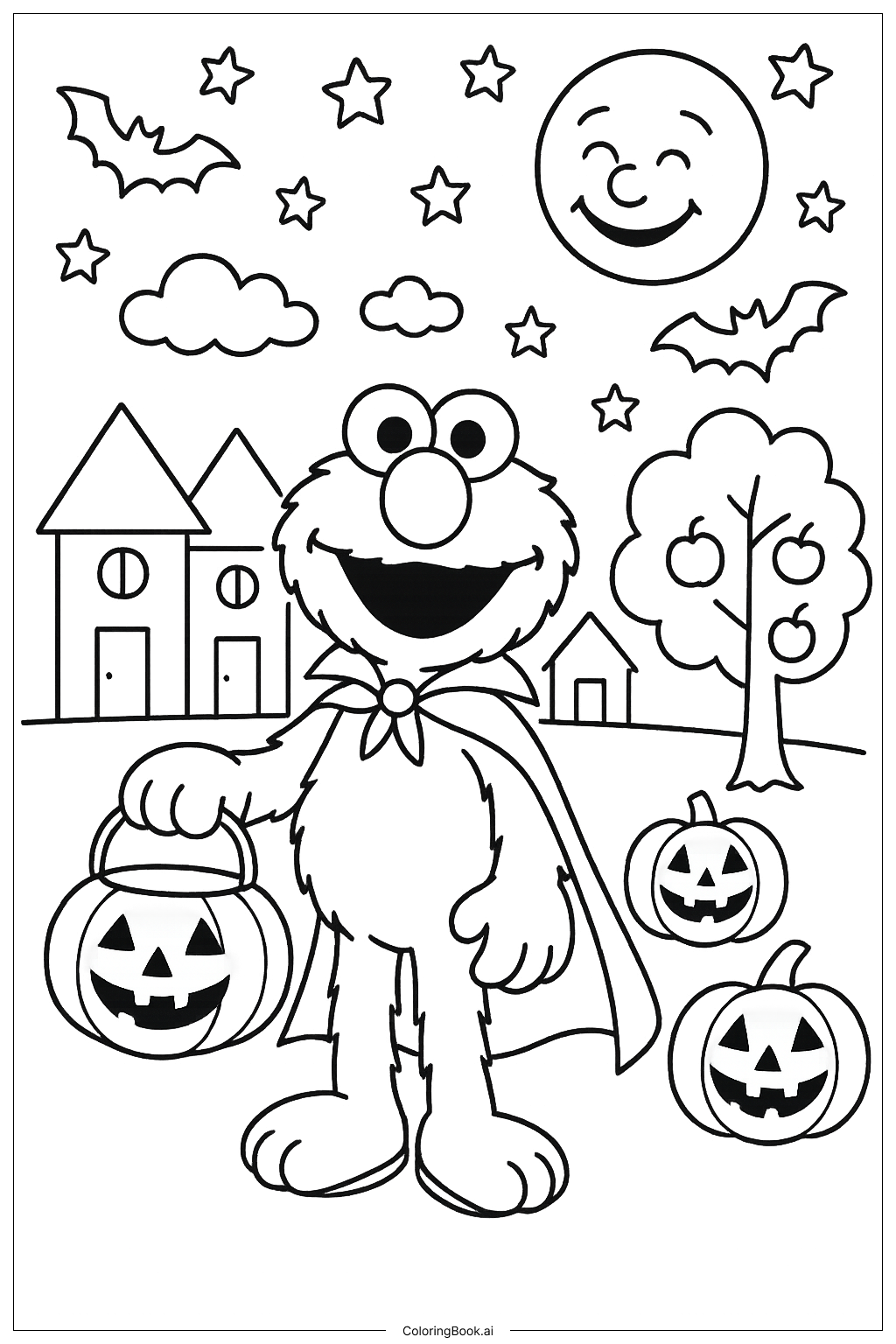Coloring tips: How to color Elmo Teaching ABCs On Chalkboard coloring page well?
For Elmo, use bright red for his furry body. His nose is orange, while his eyes are white with black pupils. The chalkboard can be colored black or dark green, and the letters 'A', 'B', and 'C' can be painted in vivid colors like yellow, blue, and green. This colorful approach makes the coloring page lively and teaches about colors while reinforcing the alphabet. Kids can add background colors to give depth and make their art more creative.
Coloring challenges: Which parts are difficult to color and need attention for Elmo Teaching ABCs On Chalkboard coloring page?
1. Elmo's Fur: Filling in Elmo's furry texture may be tricky because it can require careful coloring to capture the fluffiness. Children need to be mindful to avoid going outside the lines. 2. Chalkboard Details: The chalkboard has details that can be challenging. Children might struggle to keep the edges neat when coloring it black or green. 3. Letter Colors: Choosing colors for the letters can be confusing. Kids might find it hard to pick colors that stand out against the chalkboard while still looking pleasing. 4. Maintaining Consistency: Keeping Elmo's color consistent without overlapping into the chalkboard area could be a difficulty for some kids. Attention to detail is essential. 5. Using Different Shades: Combining different shades for parts of Elmo and the background can be complex. Kids may need to experiment with blending colors to enhance their coloring skills.
Benefits of coloring books: Advantages of drawing Elmo Teaching ABCs On Chalkboard coloring page
Coloring this page has numerous benefits for children. It helps develop fine motor skills as they practice holding crayons and coloring within the lines. Additionally, it enhances creativity, allowing kids to choose different colors and develop their combination skills. This activity also promotes cognitive skills, like letter recognition, as they engage with the alphabet. Moreover, coloring can be therapeutic, reducing stress, and allowing children to express their emotions through their color choices.









